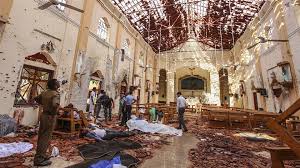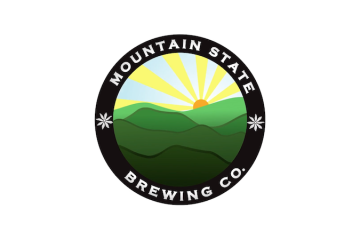Hundreds Dead Following Easter Day Attacks
A series of attacks were carried out by suicide bombers in Sri Lanka on Easter Sunday, killing and injuring hundreds of people.
What we know:
Nine explosions in the cities of Negombo, Batticaloa, and Colombo have killed a little under 300 people and injured hundreds more, while the death toll continues to rise. The attacks are believed to have been targeting Sri Lanka’s Christian community, which makes up a little less than 10% of the country’s population.
The Sri Lankan government has taken several measures since the bombings on Sunday, April 21, 2019, including installing a nationwide curfew from 8 p.m. to 4 a.m. (local time), a ban on the usage of social media, and the declaration of a national emergency. Several agencies made the trek to Sri Lanka to help with the investigation of the attacks, which were declared as acts of terror shortly after they occurred by a high commissioner of Sri Lanka to the UK, Manisha Gunasekera.
Eight of the nine suicide bombers have been identified by authorities, the ninth of which is believed to be one of the bomber’s wives. Two of the bombers were sons of a wealthy spice tycoon, who has since also been arrested in coordination with the attacks. There have been 70 others arrested in relation to the Sri Lankan attacks, with 32 of them in Criminal Investigation Department (CID) custody. Among measures taken in Sri Lanka, the United States Embassy, located in Colombo, where one of the nine explosions took place, and all other American spaces were not open to the public through Friday, April 26.
Sri Lanka was warned ahead of attacks:
Sri Lanka’s President, Maithripala Sirisena, has called for the resignation of one of the government’s defense ministers, Hemasiri Fernando, and the Inspector General of Police, Pujith Jayasundara, for their mishandling of vital information and warnings from India about the attacks. Warnings of the attacks had been shared with Sri Lanka’s Intelligence Departments, specifically with the Inspector General of Police, whose actions to prevent or prepare for the attacks were completely absent. Following the attacks as well, President Sirisena announced that the Sri Lankan government would work to restructure the country’s security forces to ensure citizens would be properly protected in the wake of an era of social media-planned terror attacks, which first spawned the social media ban in the country just hours after the attacks.
Confusion with the death toll:
Sri Lankan authorities made public a high death toll in the middle of last week, citing that more than 350 lives had been taken following the Easter attacks. The Sri Lankan Health Ministry later revised the 359 person death toll, lowering it by over 100 to 253. The Ministry announced that 359 was a number that they had not released to the media, but they first released a death toll of 290 that many media outlets did not utilize or acknowledge. The 359 person death toll was announced by a Colombo police spokesman, and not by the Health Ministry.
The confusion in the death toll of these attacks was addressed in a further statement made by the Health Ministry, which stated that counting and identifying full bodies is very difficult in cases such as these. This is due to the fact that bodies that had been damaged in the attacks may be so completely damaged or, frankly, destroyed, that it is almost impossible to identify full bodies or loss of life.
Investigation into the attacks is ongoing, with six police agencies from around the world in collaboration, one of which is the United State’s Federal Bureau of Investigation.




